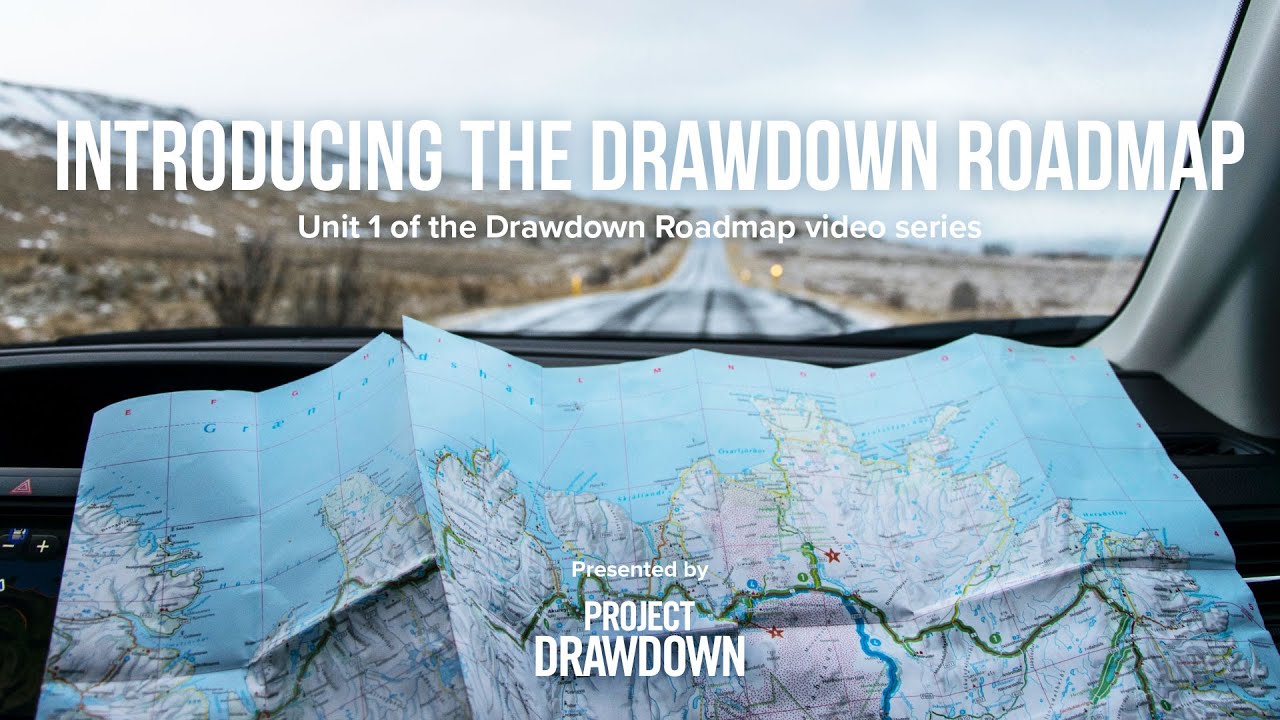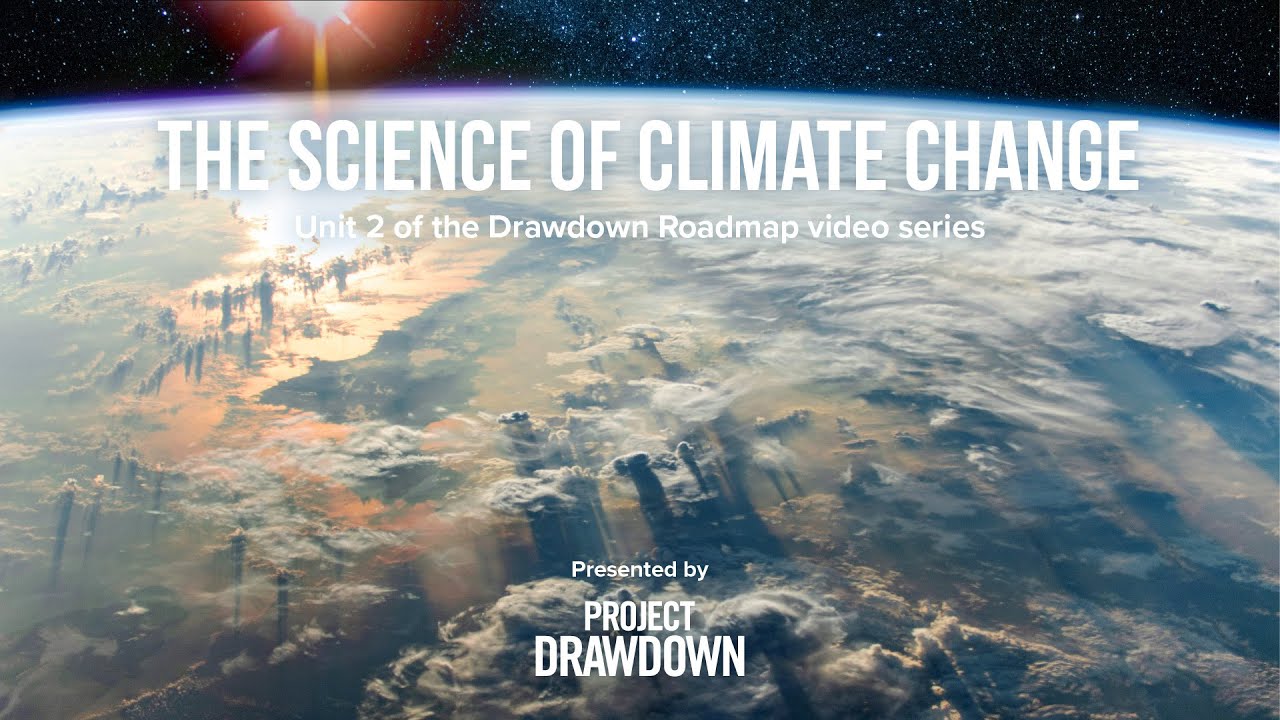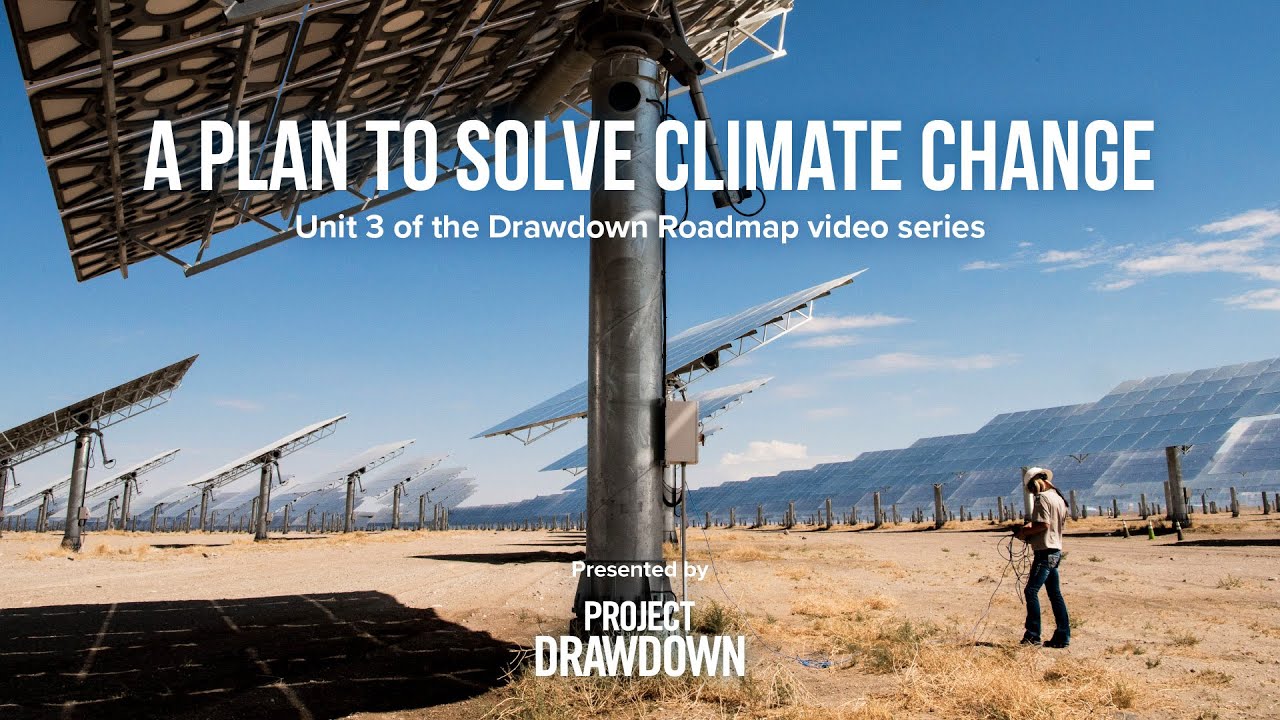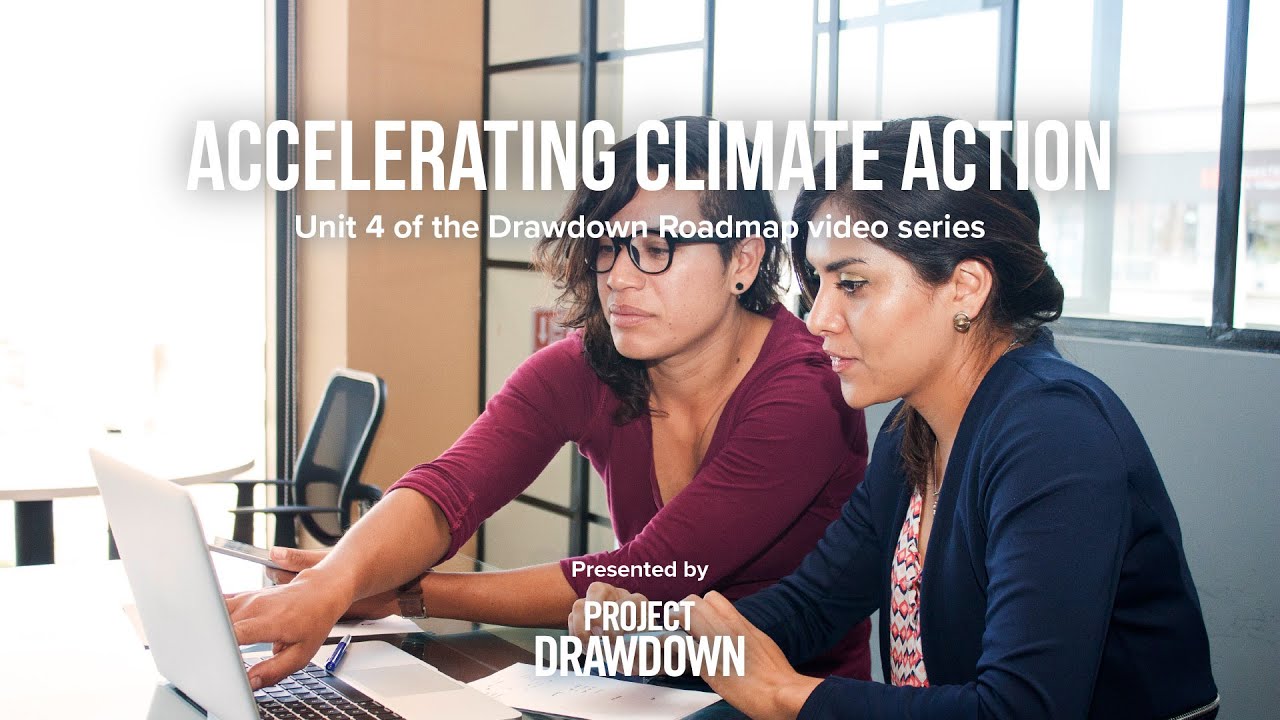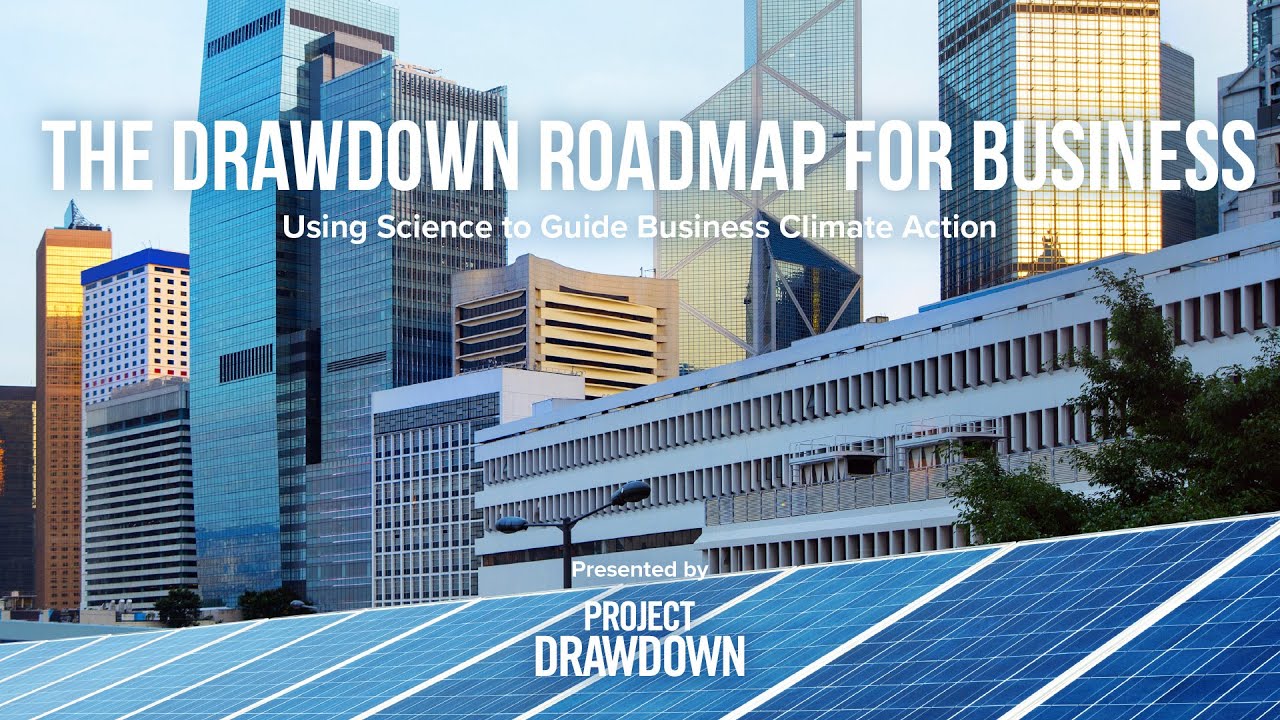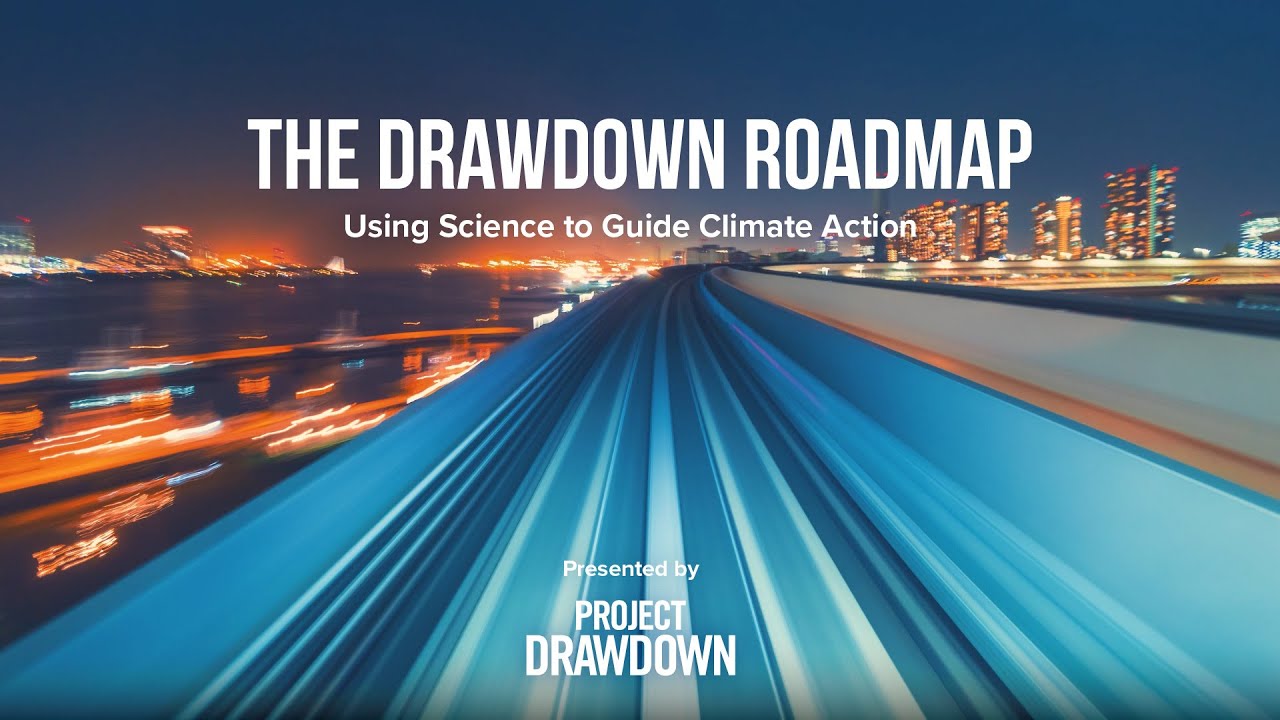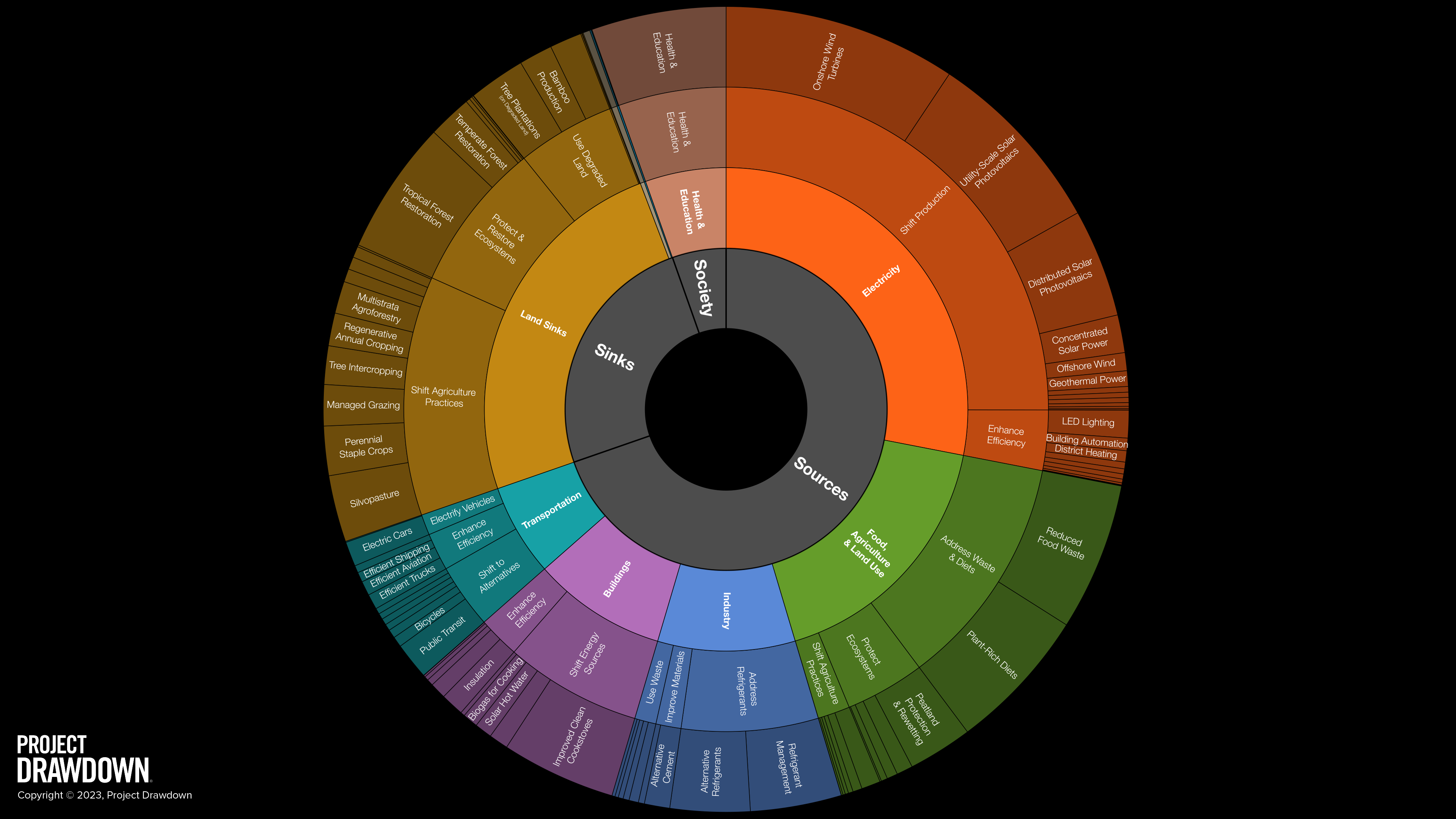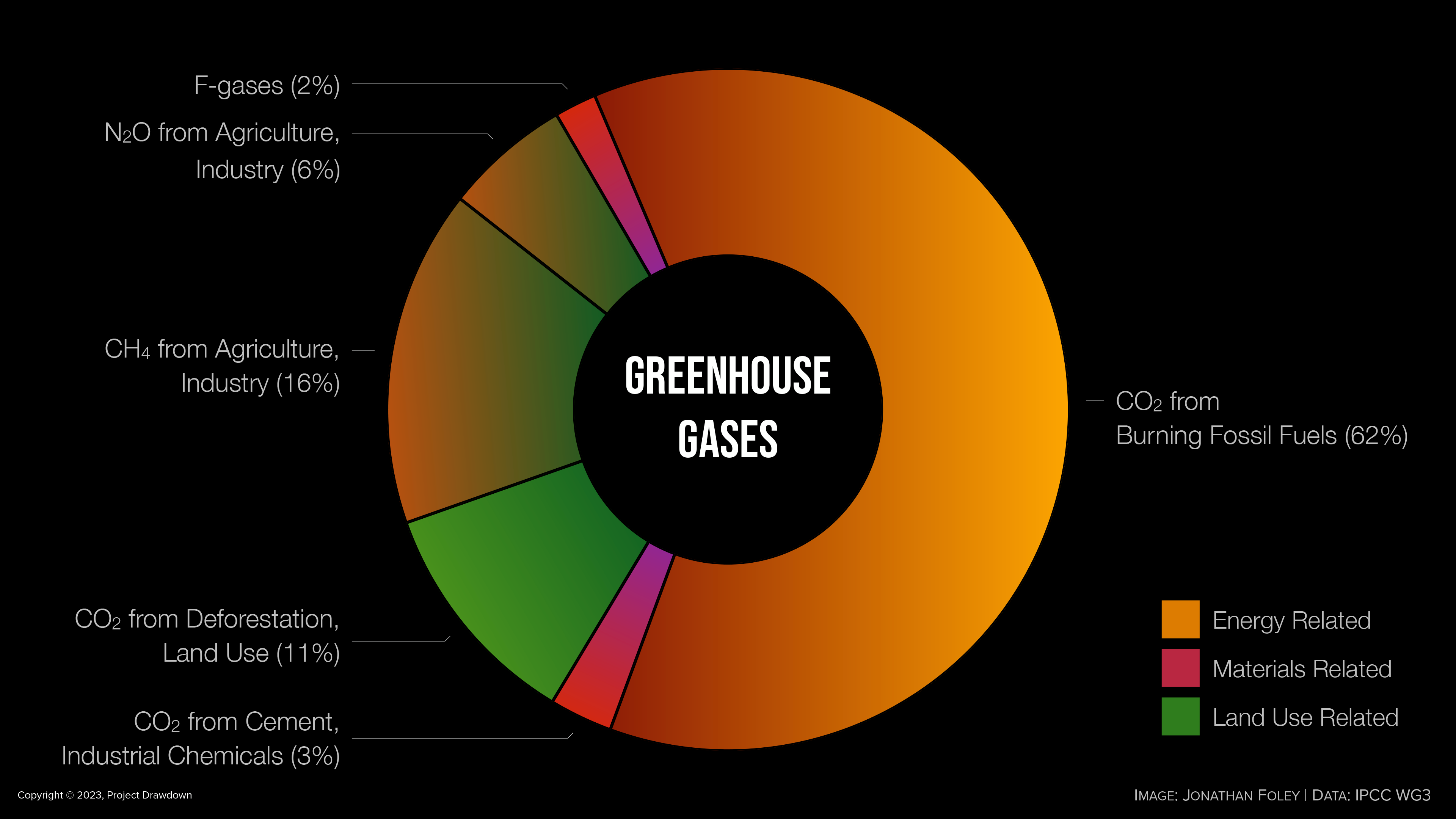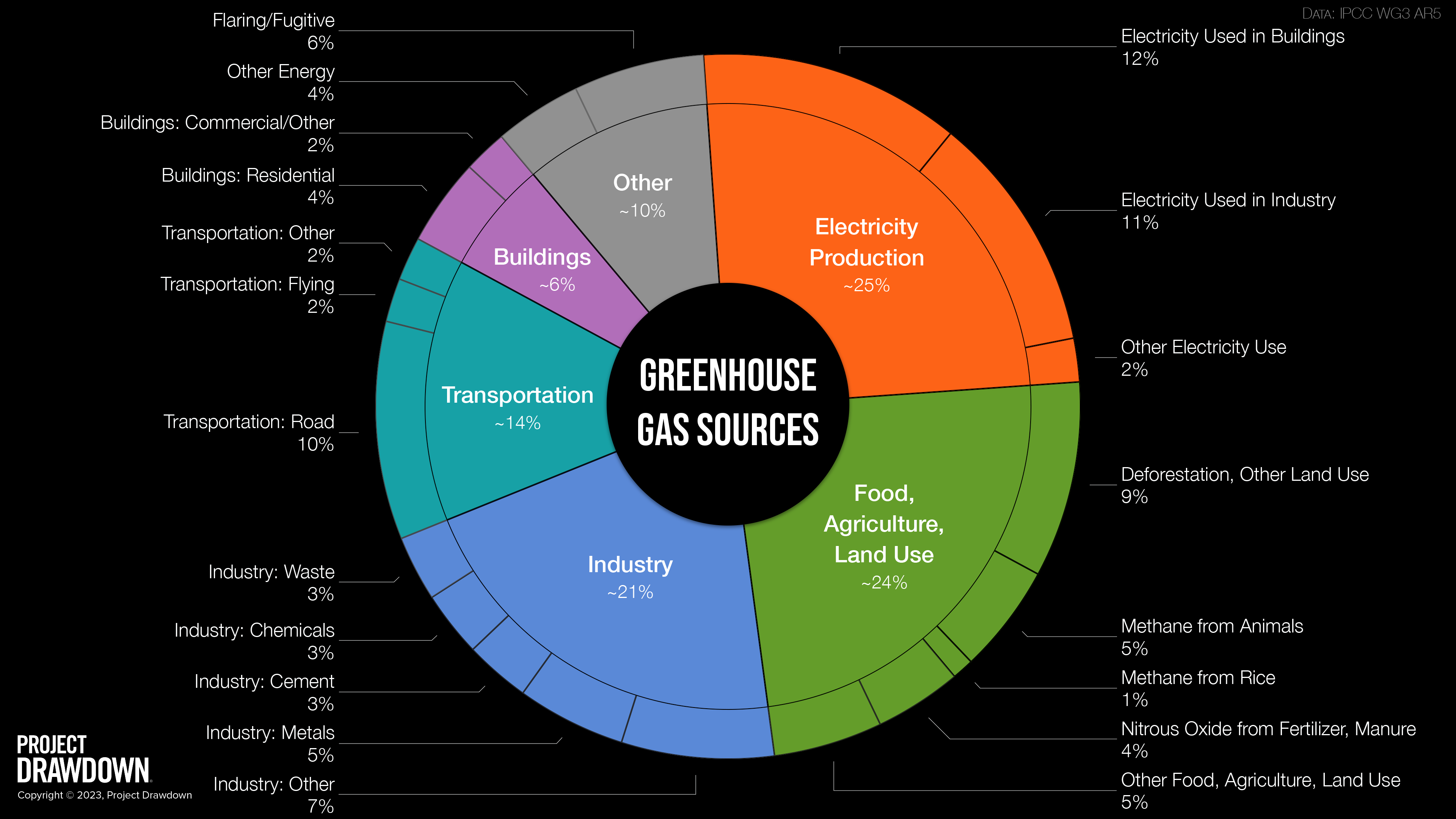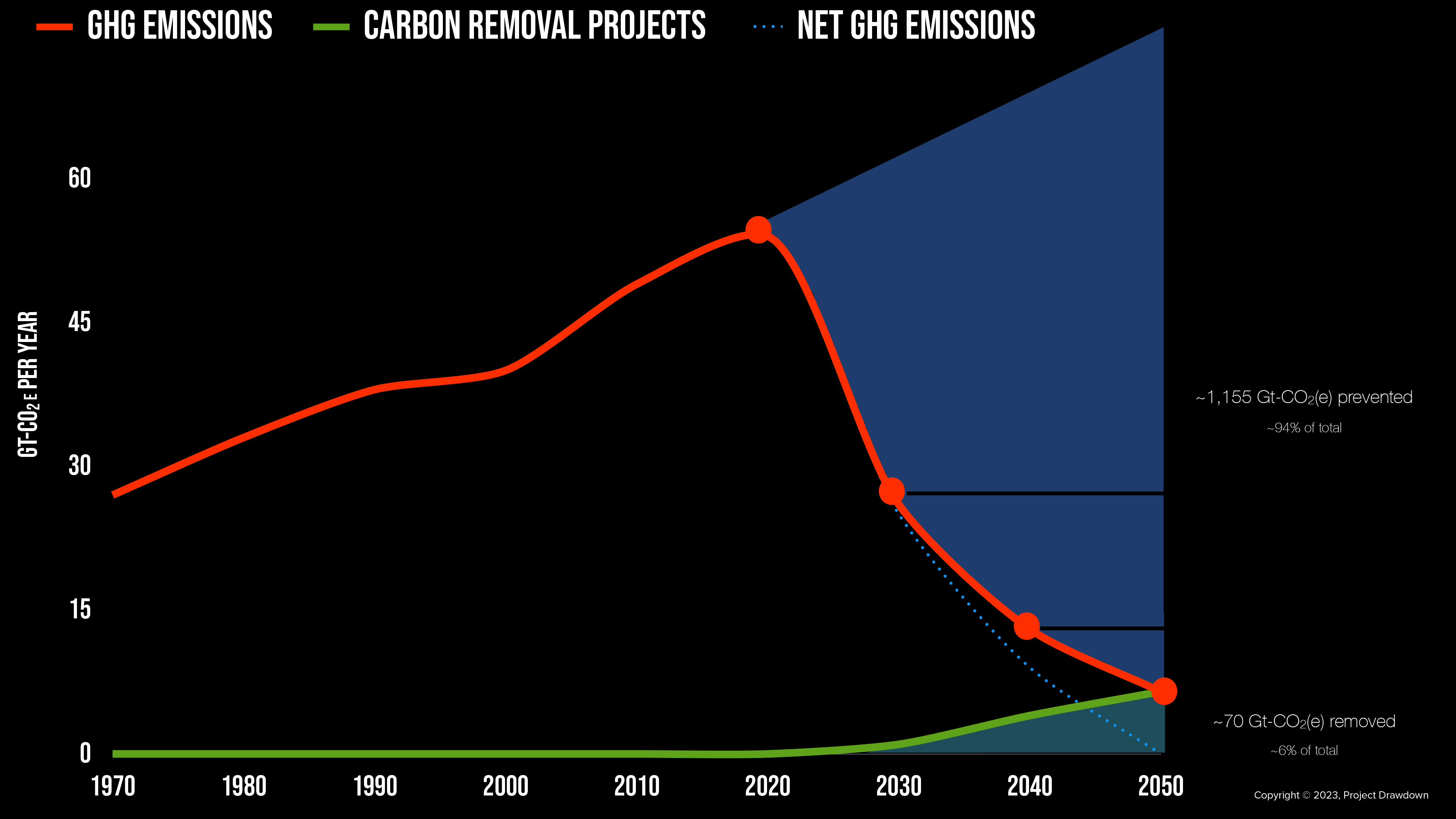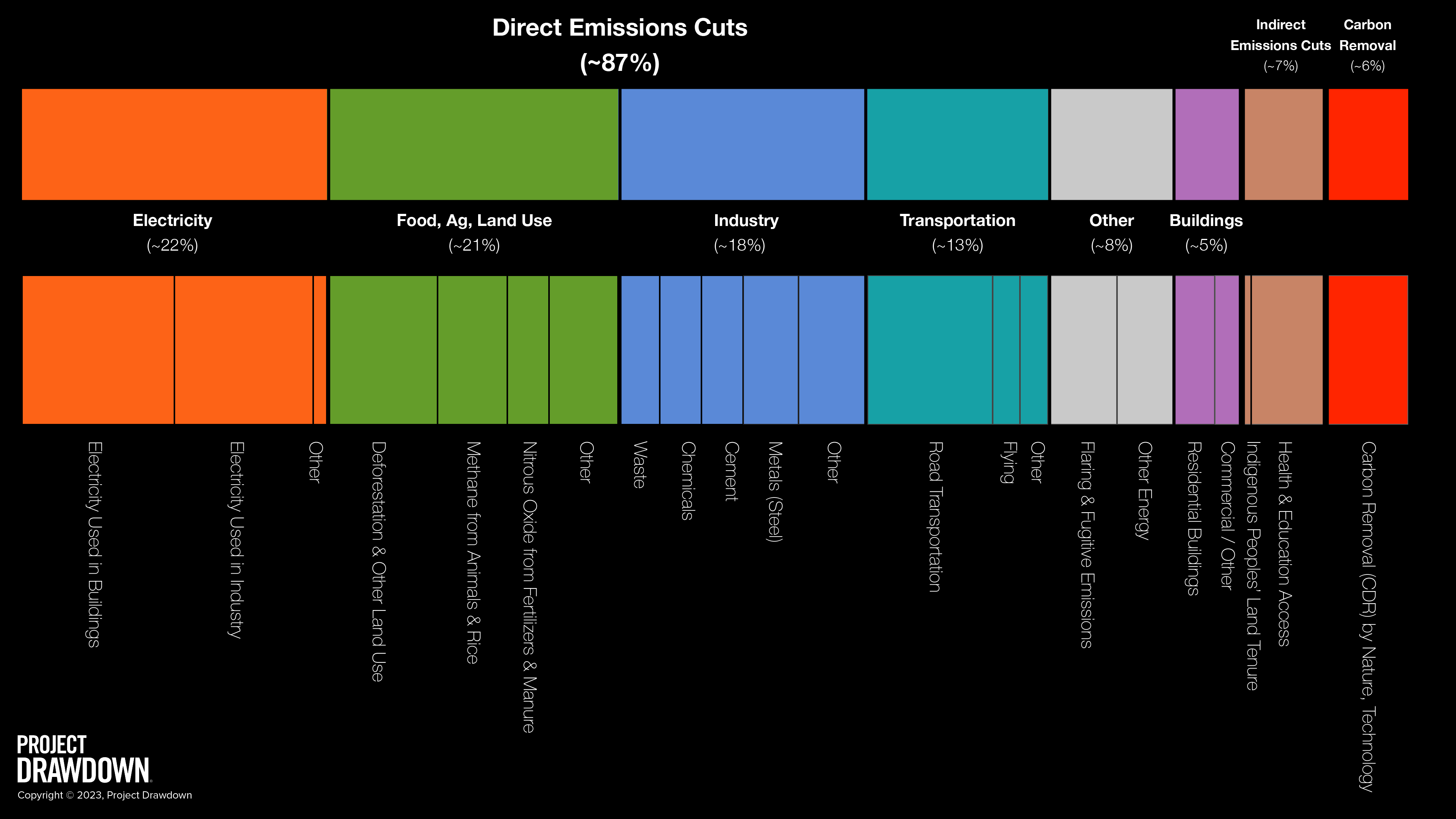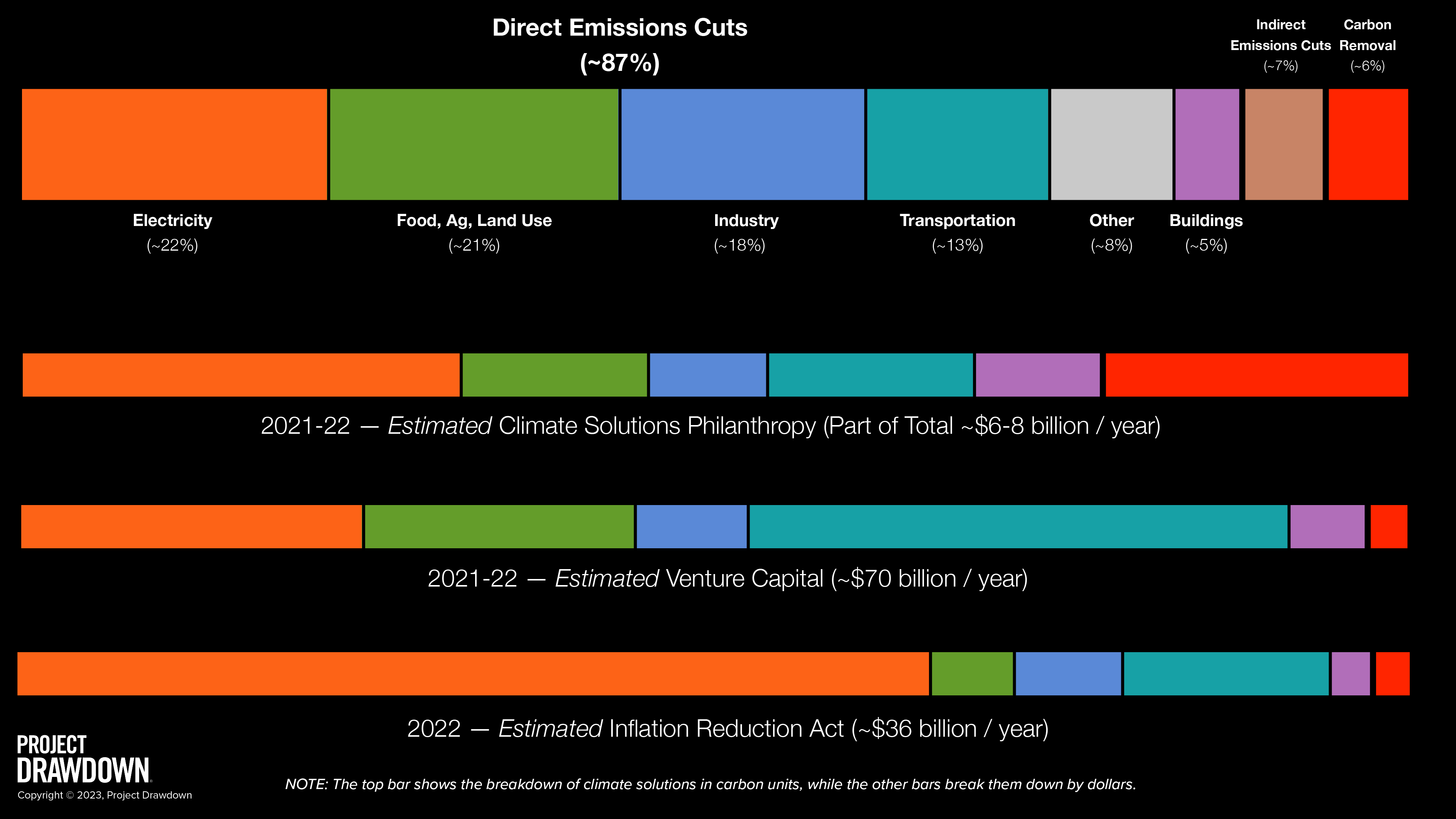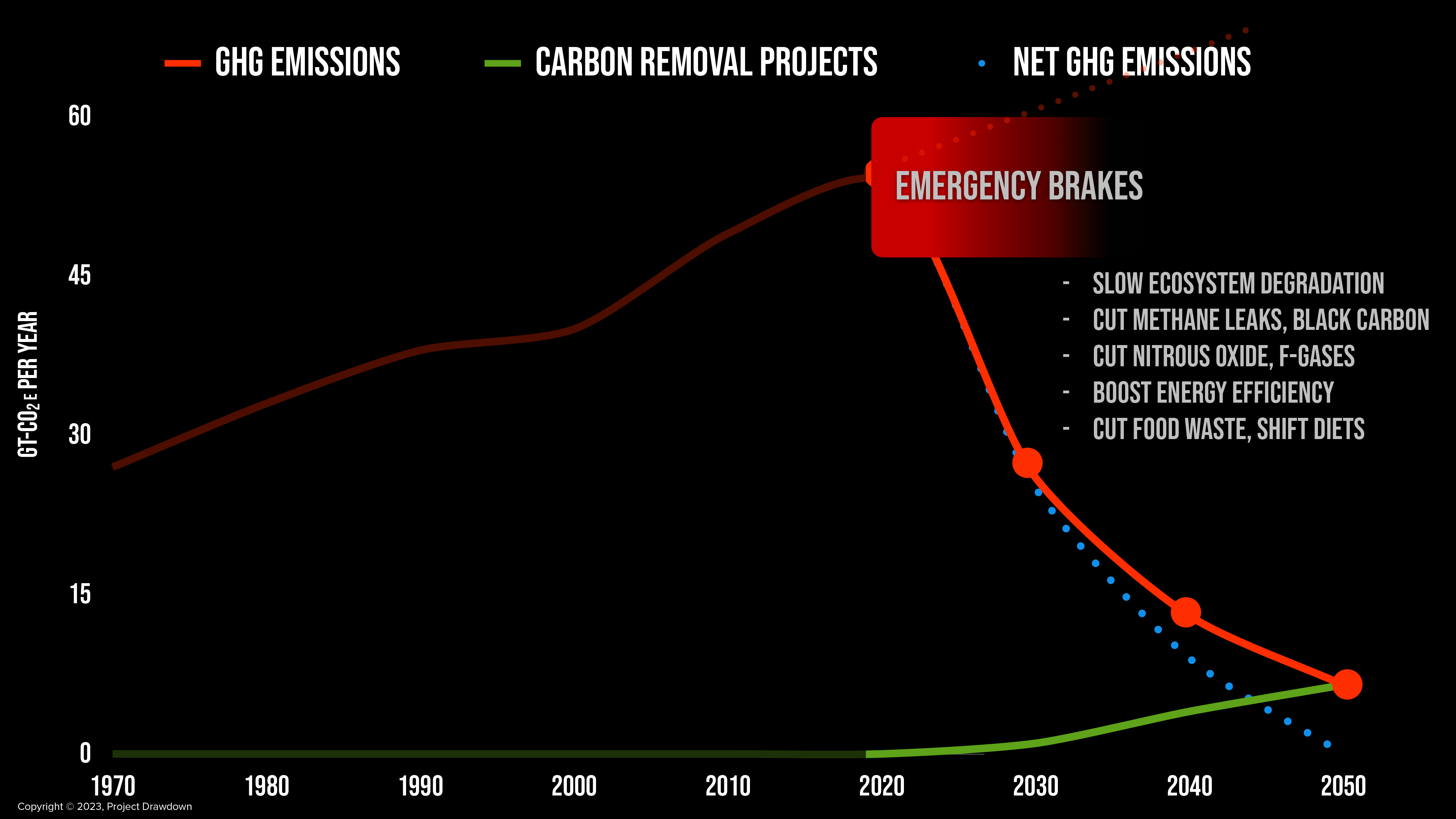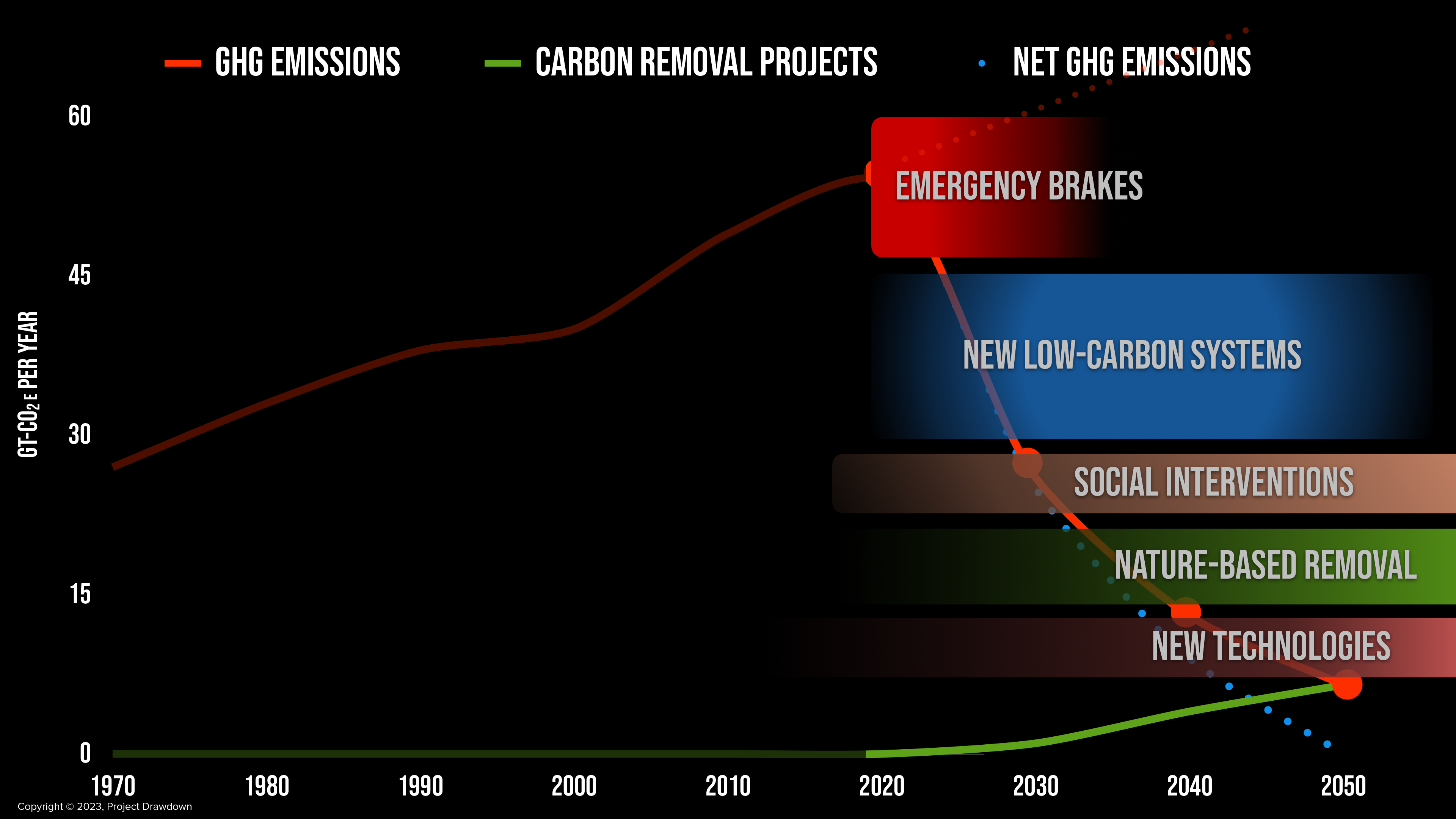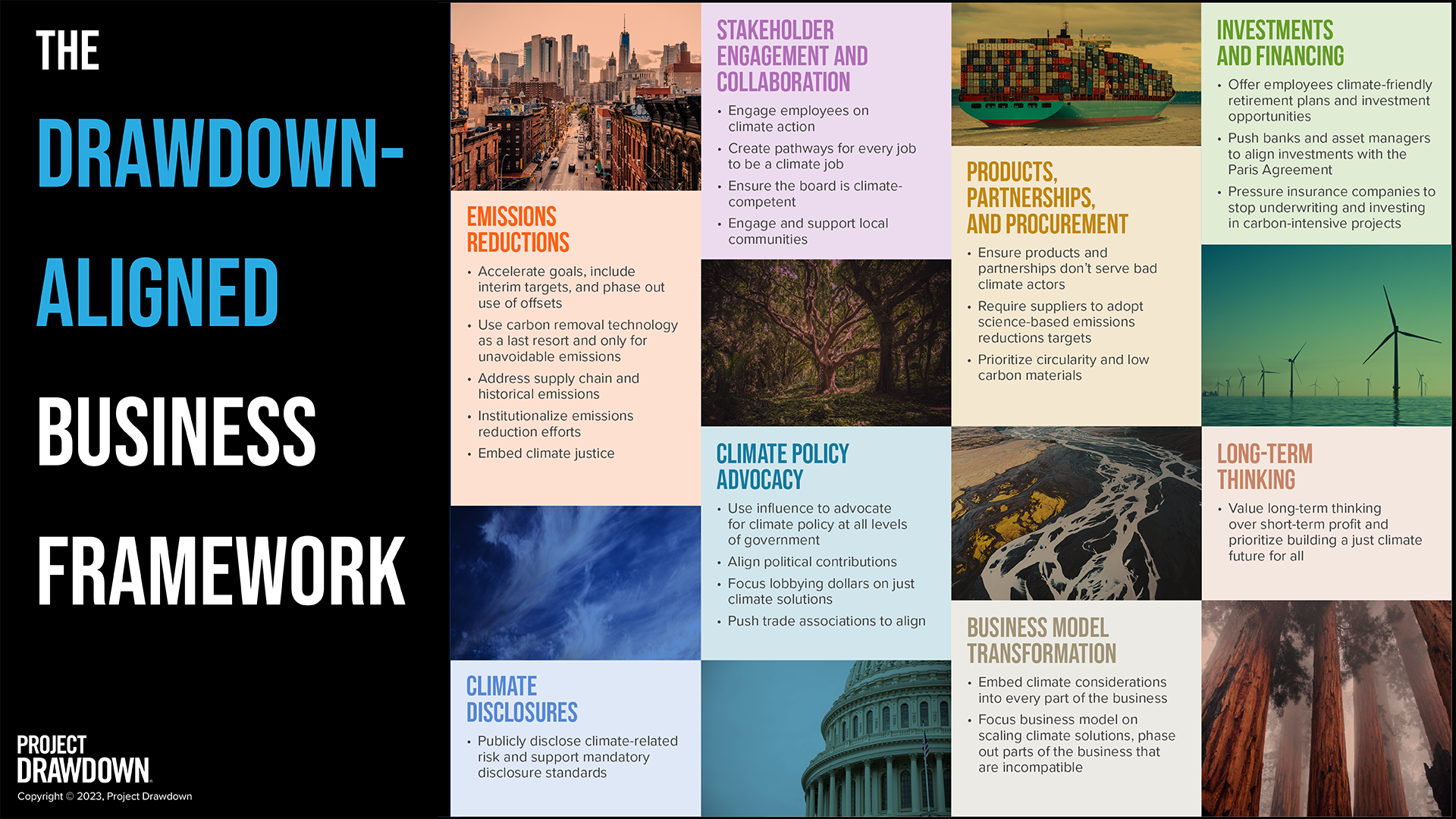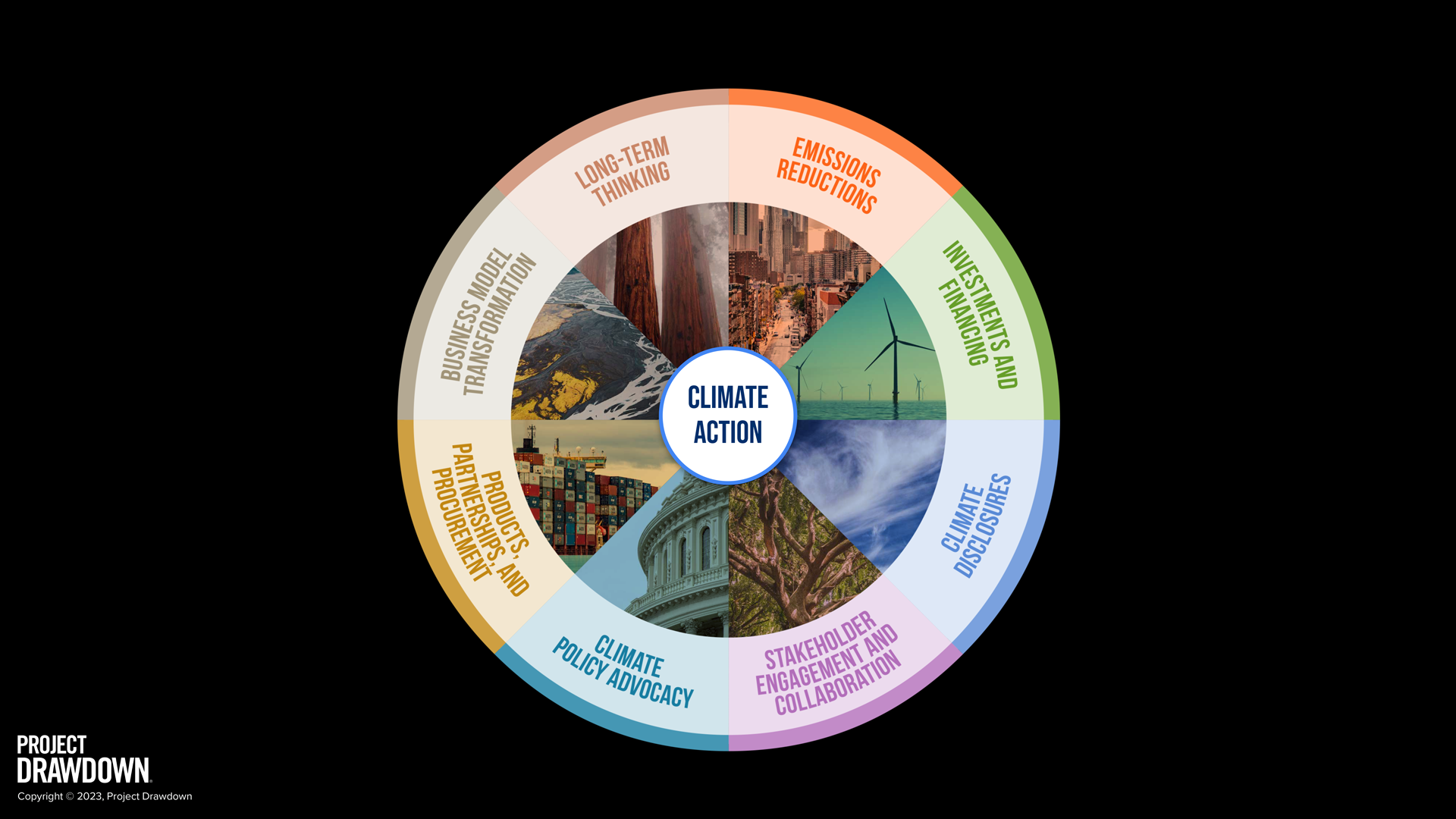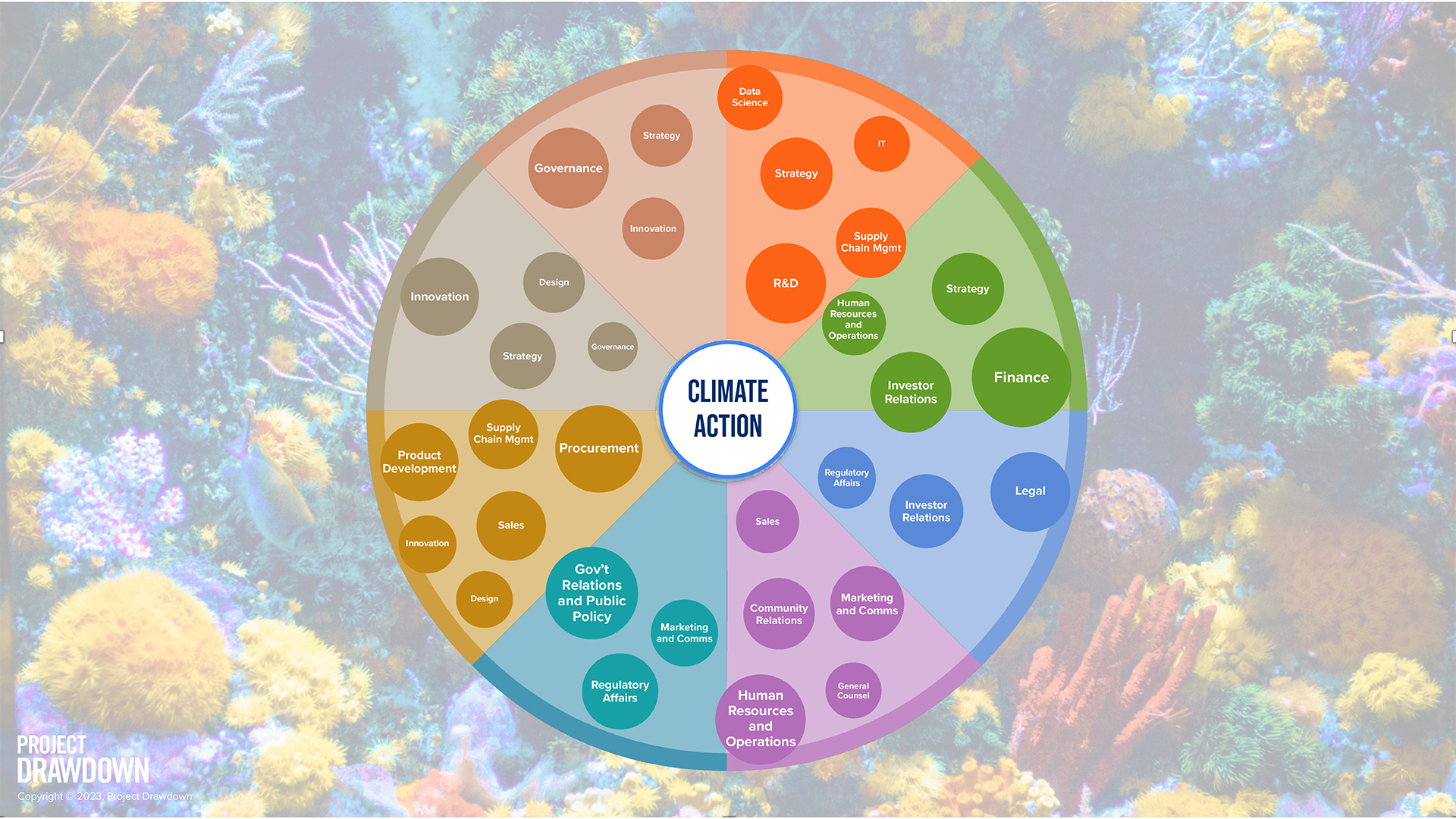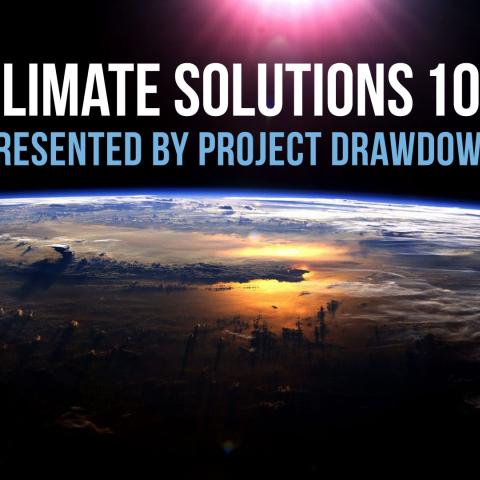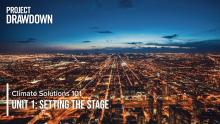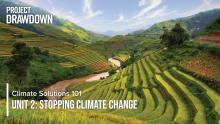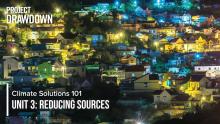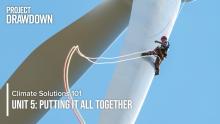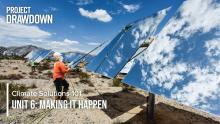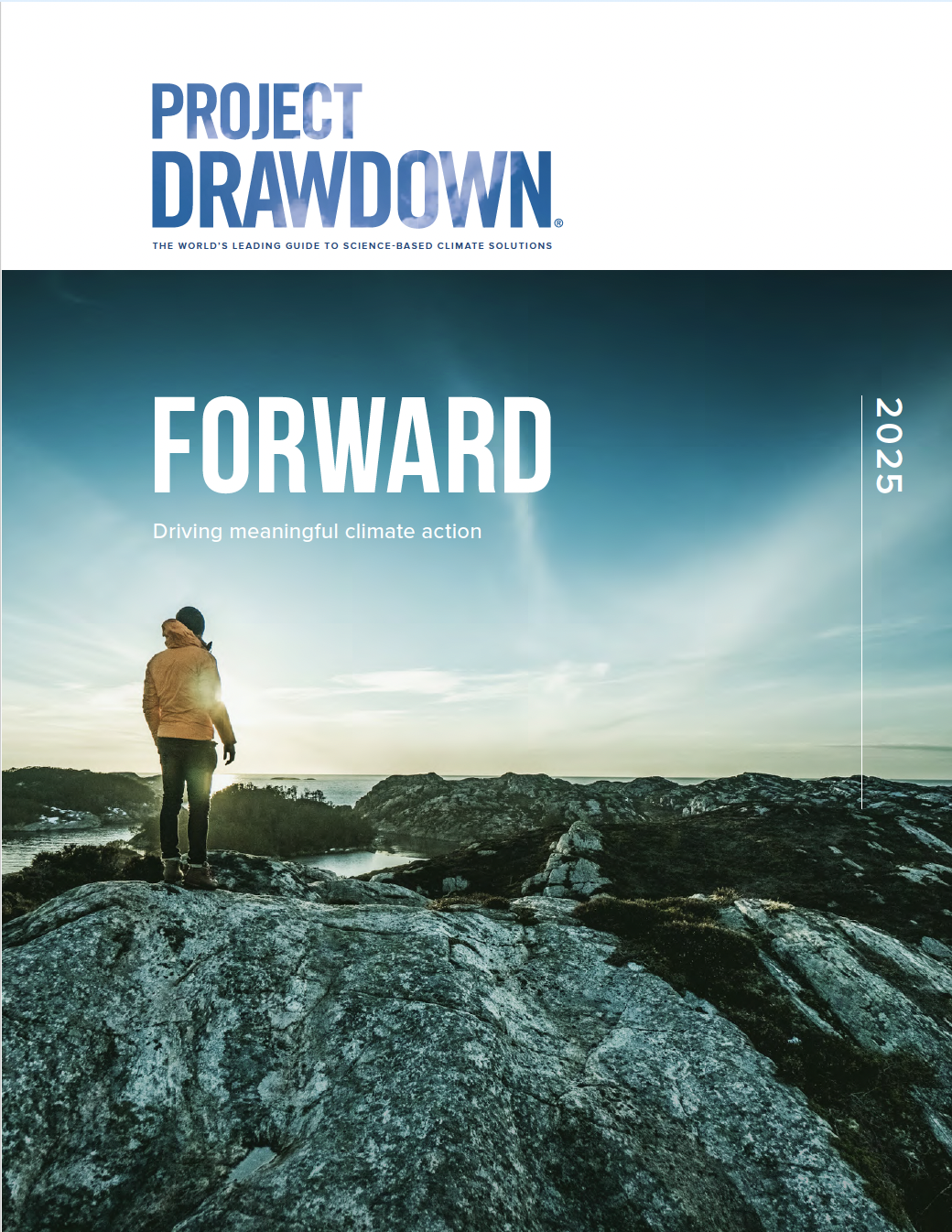Drawdown® Roadmap
Unit 1: Introducing the Drawdown Roadmap
Unit 2: The Science Behind the Roadmap
Unit 3: The Five Parts of the Drawdown Roadmap
Unit 4: How to Use the Drawdown Roadmap
The Drawdown Roadmap for Business
The Drawdown Roadmap Trailer
The Drawdown® Roadmap is a science-based strategy for accelerating climate solutions. It points to which climate actions governments, businesses, investors, philanthropists, community organizations, and others should prioritize to make the most of our efforts to stop climate change.
By showing how to strategically mobilize solutions across sectors, time, and place, engage the power of co-benefits, and recognize and remove obstacles, the Drawdown Roadmap charts a path to accelerate climate solutions before it’s too late.
You are welcome to use the following key graphics from The Drawdown Roadmap for non-commercial purposes in presentations, reports, etc., with proper attribution. The Project Drawdown logo and copyright information on each graphic must be retained under all circumstances.


